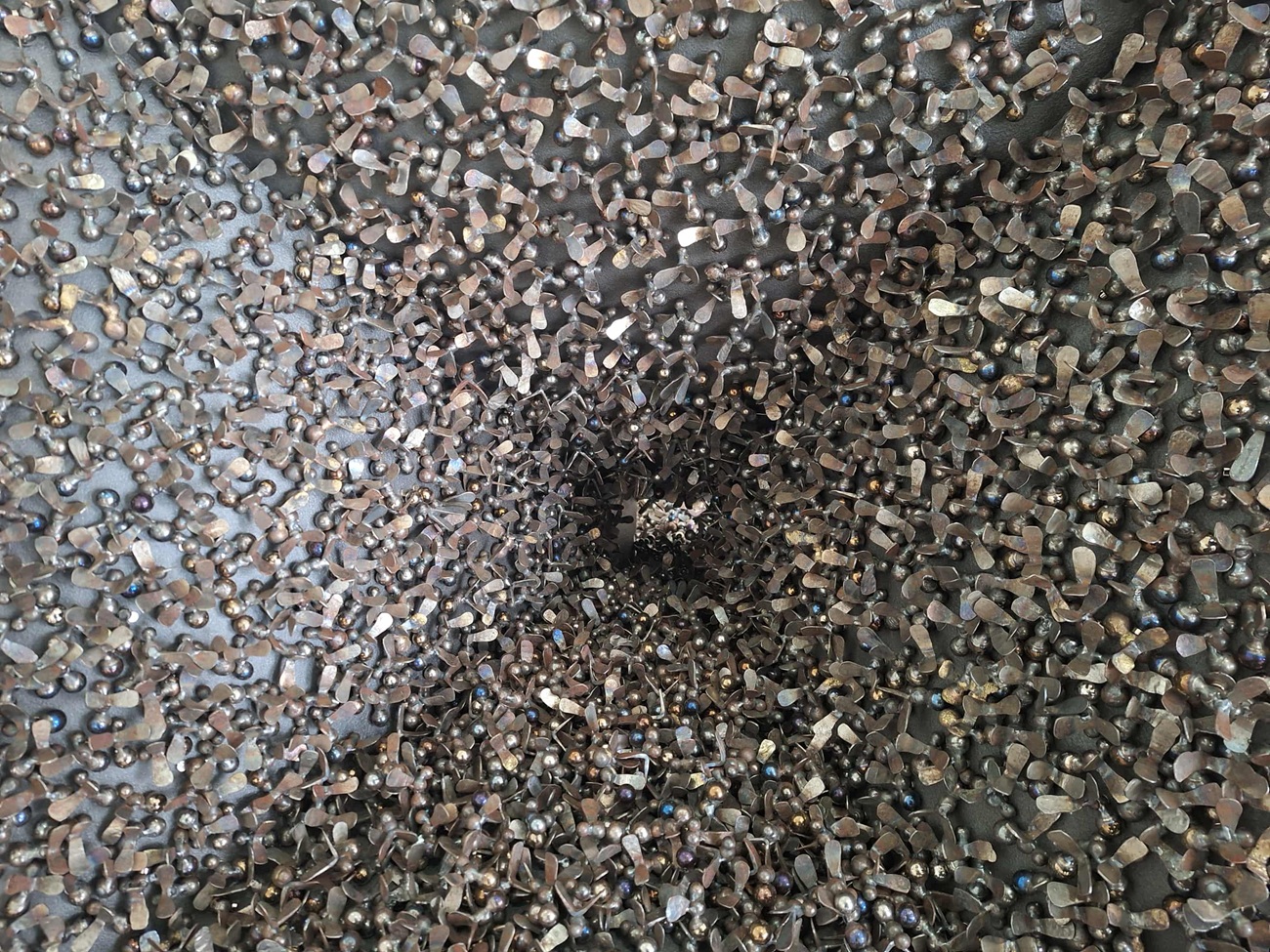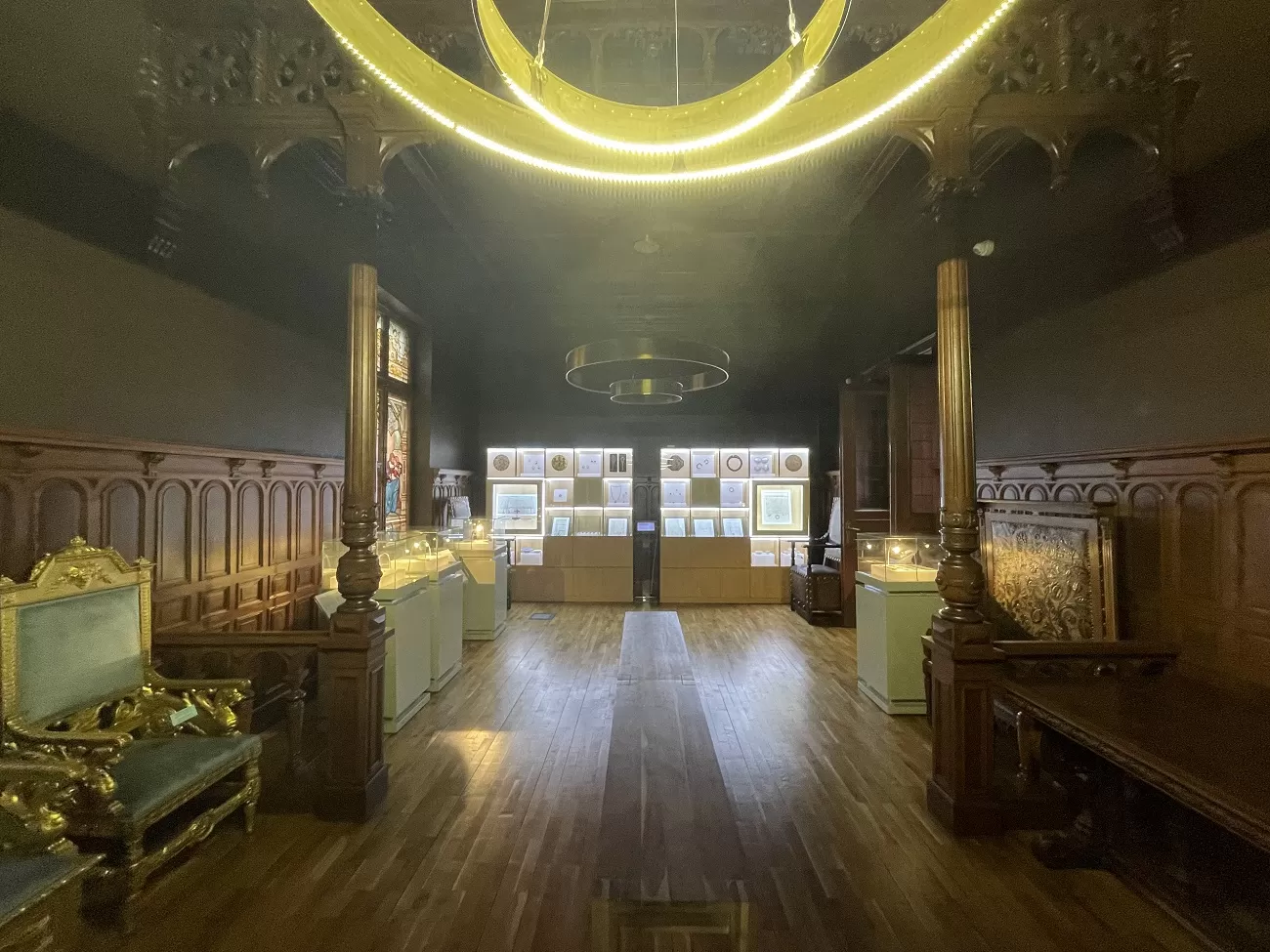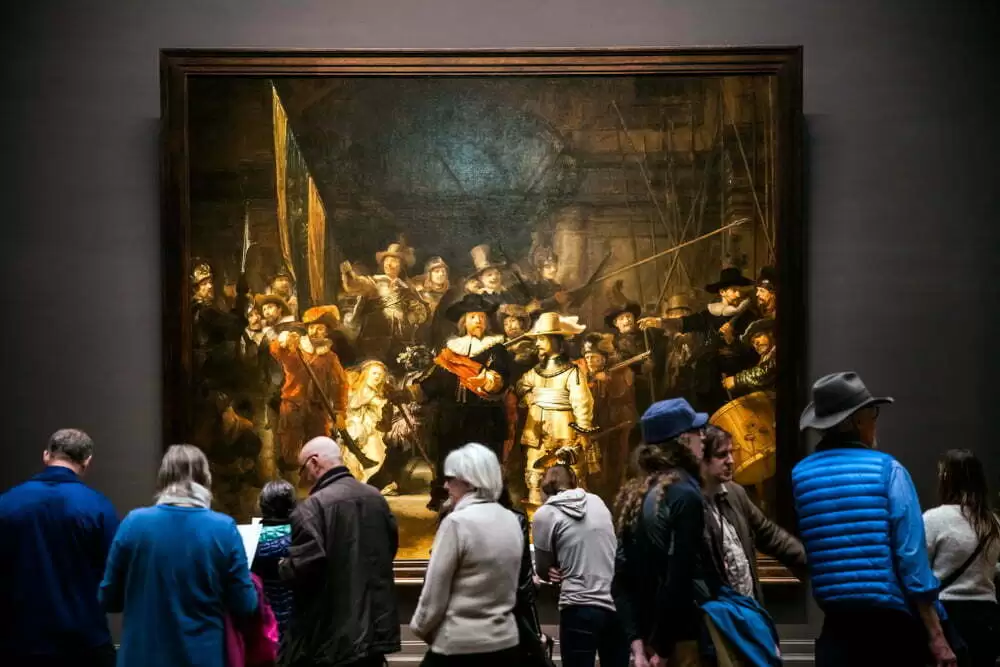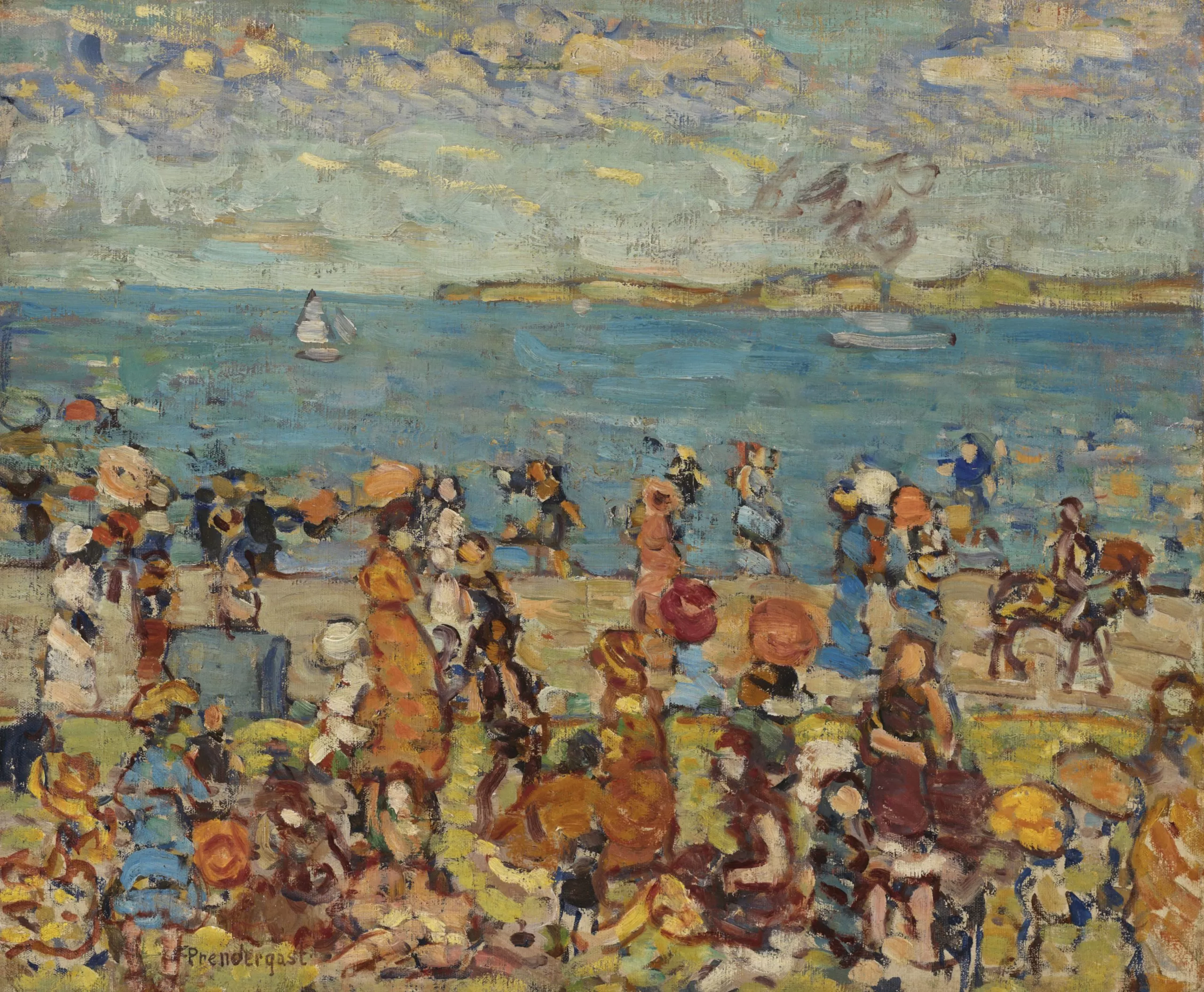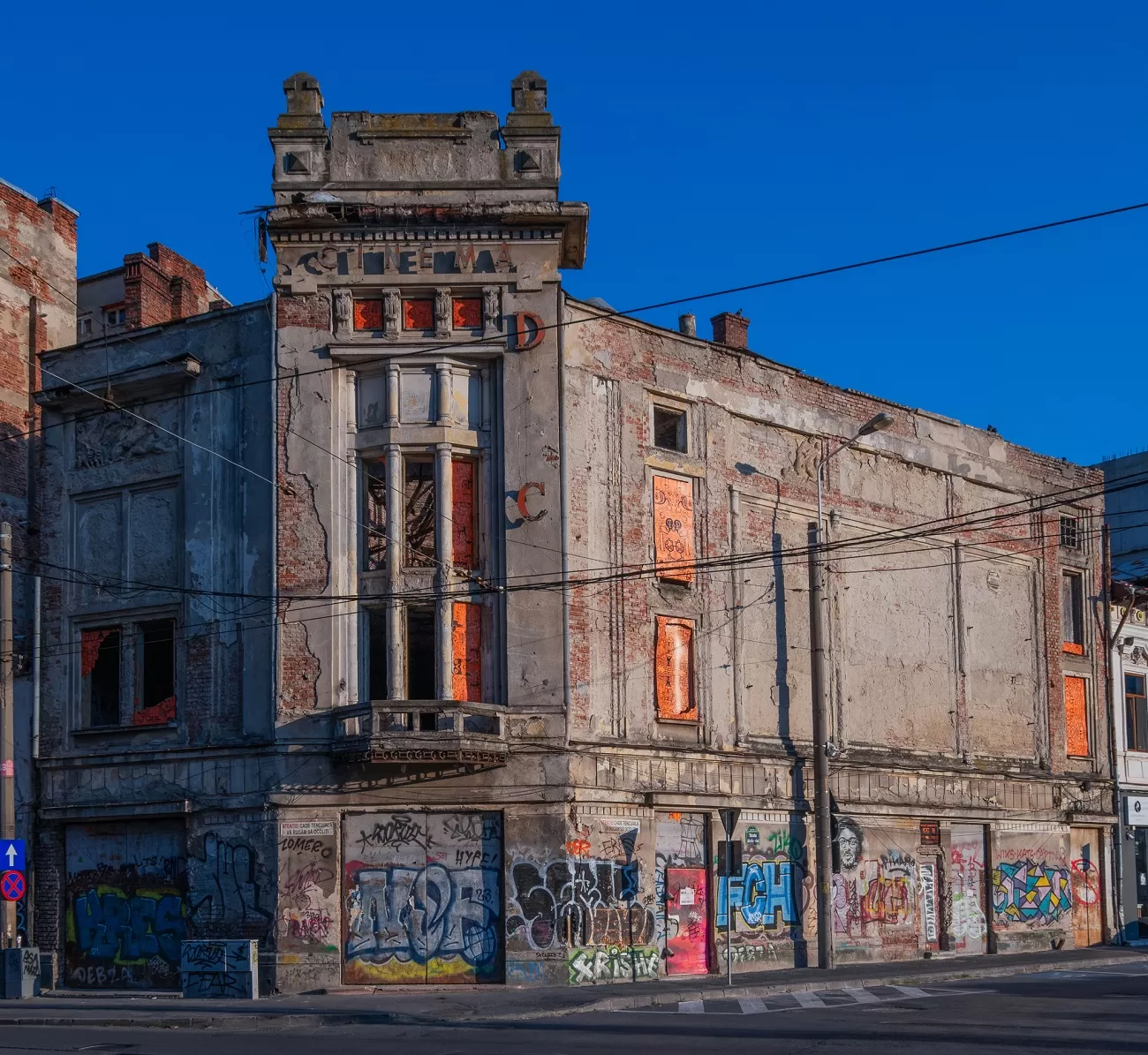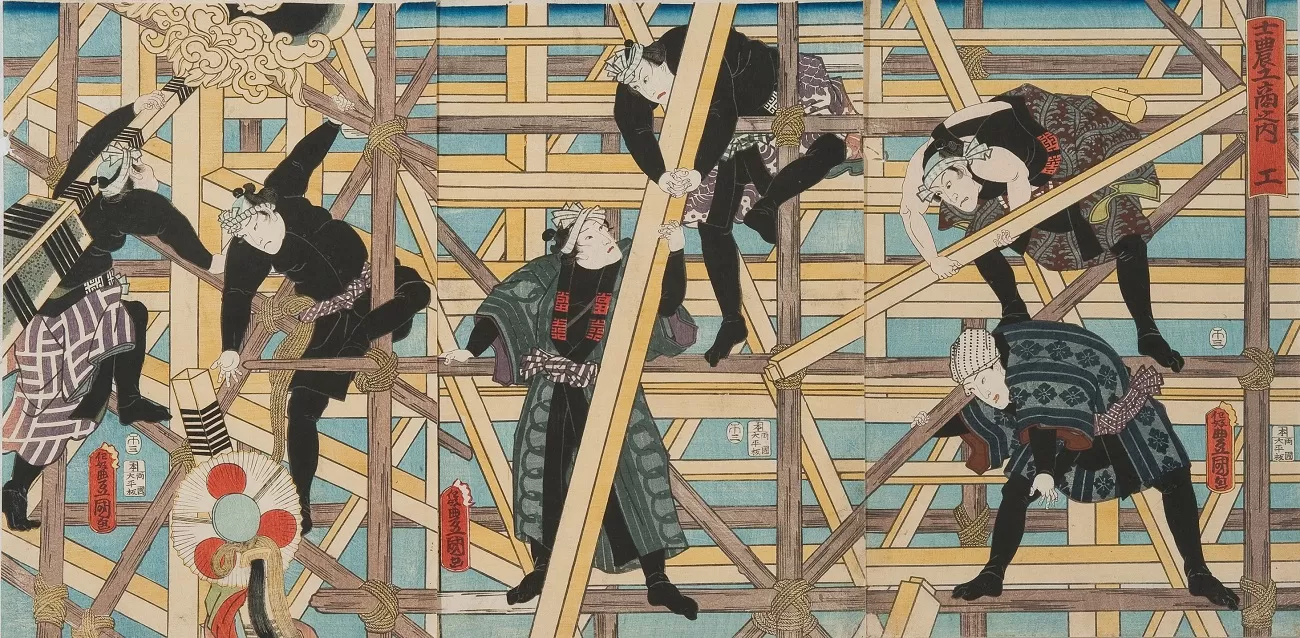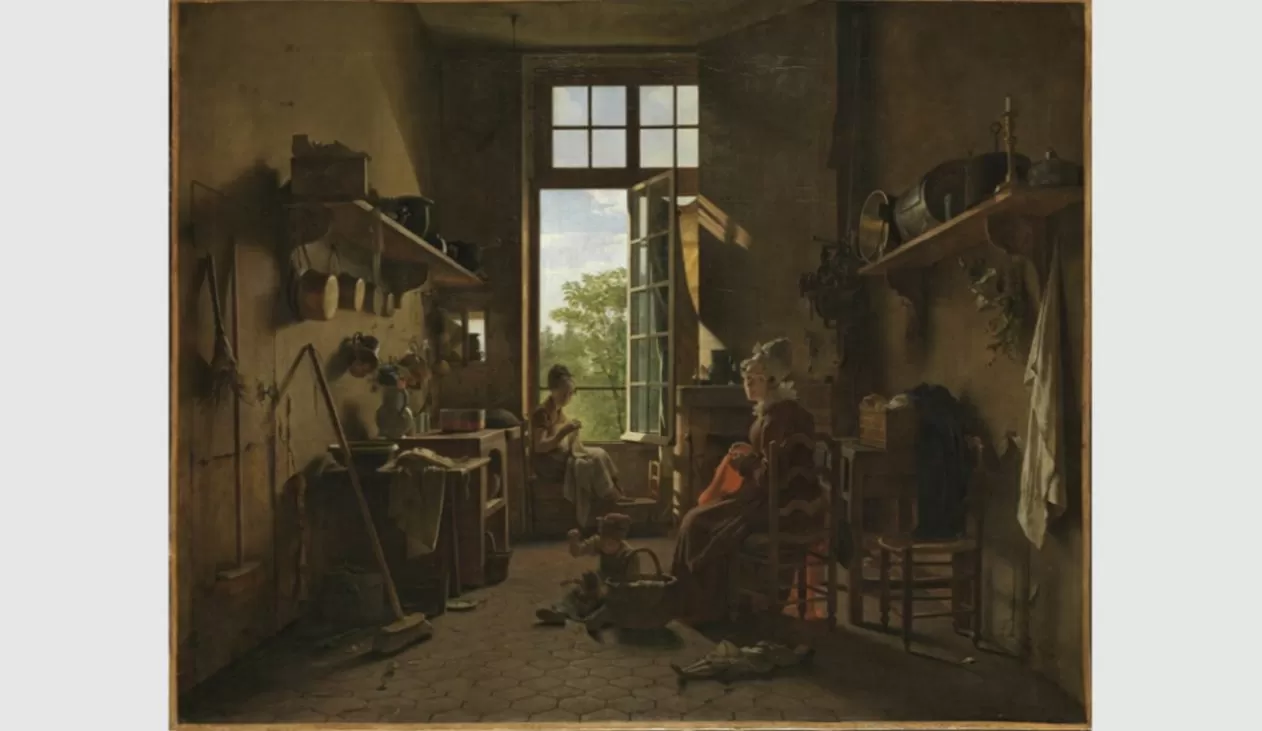
A painting with a macabre story
A Dutch-inspired scene hides a story that will send shivers down the spine of even the least sensitive.
Two women sewing in a kitchen (slightly neglected). A child plays with a cat. A gentle light shines in from the window. All of these are typical scenes from the Dutch Golden Age that the 19th-century alsatian painter Martin Drölling evokes here. “Intérieur d’une cuisine” is a truly sensational work: it is said to have been painted with the organs of royal families.
This is no joke. In fact, the story is attested to by a series of documents held by the National Archives (number 03 623). They recount how, in 1793, during the turmoil of the French Revolution, architect Louis-François Petit-Radel was tasked with dispersing the forty-five hearts of the princes and princesses of the House of France and of Kings Louis XIII and Louis XIV. To accomplish his task, the architect sold the remains to painter friends, such as Martin Drölling, who bought more than ten of them.
Painting based on human remains
Coagulated hearts were used to prepare a pigment called “mummy.” What is “mummy”? It is an organic mixture soaked in spices and alcohol. When melted in oil, it provides a brown glaze for paintings. And chances are that Drölling’s “Interior” is not the only painting based on human remains.
Delacroix, the author of “Liberty Leading the People,” was passionate about “mummy brown,” a pigment also made from organs: flesh, white pitch, and myrrh. Sold until the mid-20th century by paint merchants, these materials were sought after for their brown hues and transparency. Crushing mummies? This macabre trend first appeared in pharmacopoeia. Transformed into ointments or drinks as early as the mid-16th century, mummies were initially prized for their healing and mystical properties.
At the height of Egyptomania, sparked by Napoleon’s campaigns, mummy powder left pharmacies to be revived on easels. It was a time when European nobility displayed mummies in their salons, as Théophile Gautier attested. Of course, business was booming, and mummies were being purchased at inflated prices, as suggested by this advertisement published in the Daily Mail in 1904: “A 2,000-year-old mummy of an Egyptian monarch can be used to decorate a noble fresco in Westminster Hall… without offending the ghost of the deceased gentleman or his descendants.”
Did painters believe in the power of their pigments?
During a Sunday lunch, Pre-Raphaelite artist Edward Burne-Jones learned from his colleague Lawrence Alma-Tadema what was in his tubes of brown paint.
His reaction was recorded by Rudyard Kipling, who was a child at the time. As horrified as he was disgusted, Edward Burne-Jones rushed into his garden to bury his macabre materials. “So we all went to help him-according to the rites of Mitzraim and Memphis […],” Kipling recounts in his autobiography. Nowadays, you can still buy “mummy” pigments from art supply stores: a mixture of iron oxide, calcium carbonate, and kaolin.
Foto credit: Musée du Louvre





